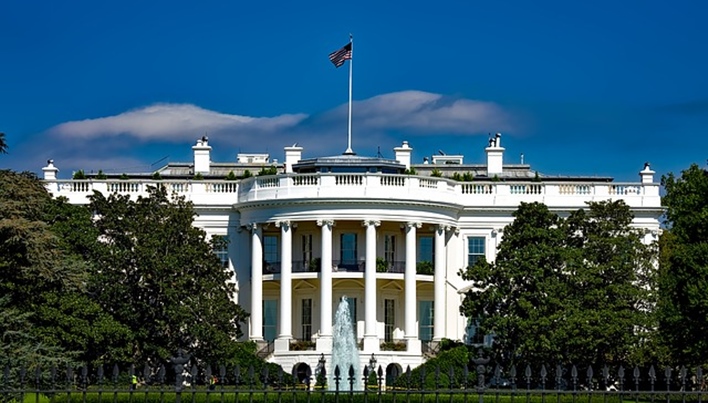- Indians were once barred from living in the USA but today account for 55 of the US population.
- The percentage of Asian migrants in the USA is believed to increase to about 38% by 2065.
- The number of people migrating to the USA from Europe has drastically decreased since 1965.
Did you know that in the early 1900s, India was part of the Asiatic Barred Zone? This was a zone demarcated by the US Immigration Act of 1917 and nationals from this zone were not permitted to migrate to the USA. This policy change in 1956 and today, US migration statistics tell a very different story from those times.
Read: Asians In The USA – The Fastest Growing Ethnic Group In The Country

In 1960, there were about 491,000 Asian immigrants in the USA. By 2014, this number had increased to 12.8 million. This marked an increase of 2,597 percent. China, India, Vietnam, Korea, and, the Philippines account for the maximum number of Asian immigrants in the USA.
A recent study by the Pew Research Center was done by looking at data for the past 50 years and predictions for the next 5 years suggests that Asians will play a very important role in the future of the USA.
What is the 1965 Immigration and Nationality Act?
The Immigration and Nationality Act of 1965 abolished the earlier quota system in place and opened up the USA’s immigration policies to include people from all over the world. This was put in place to attract skilled labor to the USA and help reunite families.
Though quotas were abolished, caps were placed on the number of visas available under each category. The civil rights movement in the USA at the time played a major role in bringing about this act.
Impact of the 1965 Immigration and Nationality Act
For the first five years after this Act came into being, immigration for Asia quadrupled.
- 59 million people from across the world have migrated to the USA after 1965.
- While in 1965 the foreign-born immigrant population in the USA stood at 9.6 million
- In 2015, it increased to 44.9 million.
- Today, 1 in 5 immigrants across the world live in the USA.
- The USA has the world’s largest immigrant population.
- According to the Pew study, there will be around 78.2 million immigrants in the USA by 2065.
The composition of the US migrant population has undergone a drastic change over the past half-century.
Changes in Percentage of Immigrant Population 1965-2065
While non-European immigrants account for only about 16% of the immigrant population in the USA in 1965, today, they account for over 80% of the US immigrant population.
According to the study by the Pew research centre, this percentage will stay the same for the next few decades but there will be changes to the composition of this migrant population percentage. The percentage of Hispanic migrants may reduce while the percentage of Asian migrants will increase.
| Year | White | Black | Hispanic | Asian |
|---|---|---|---|---|
| 1965 | 80 | 1 | 11 | 5 |
| 1975 | 59 | 4 | 25 | 11 |
| 1985 | 38 | 6 | 36 | 19 |
| 1995 | 25 | 7 | 44 | 23 |
| 2005 | 21 | 7 | 48 | 23 |
| 2015 | 18 | 8 | 47 | 26 |
| 2025 | 18 | 8 | 43 | 29 |
| 2035 | 18 | 9 | 40 | 32 |
| 2045 | 18 | 9 | 37 | 34 |
| 2055 | 19 | 9 | 34 | 36 |
| 2065 | 20 | 9 | 31 | 38 |
Indian Immigrants in the USA
Since 2010, India has been the third largest source country of migrants to the USA.
- In 2015, there were 4 million Indian origin people and their descendants in the USA.
- They accounted for 5% of the US population. 80% of these people can speak English fluently.
- 72% have at least a Bachelor’s degree while more than 17% have completed high school education.
- The median household income for Indian origin migrants in the USA is about $100,000. This is the highest amongst all foreign-origin groups. Of these people, about 55% are homeowners.
- 7.5% of Indian origin migrants live in poverty. This is the lowest amongst all foreign groups. The unemployment rate amongst Indian origin migrants is about 5.4%.
Also See
- Migrate to America: The 5 Immigrant Visa Categories
- New USCIS Immigration Policy – the USA To Deport Those Who Overstayed Their Visas
- Can You Pass This US Citizenship Test?
- US Immigration Through Investment – Can Investment Helps Get A Green Card?